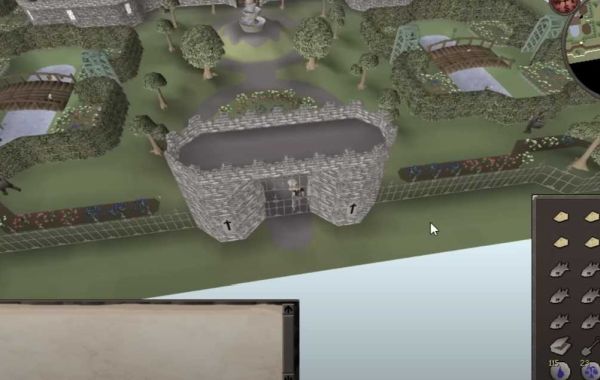
We need to properly analyze risk to effectively protect our children. That starts with understanding how both intentional and accidental injuries fit in the statistics of child mortality, how interpersonal violence fits as a subset of injury sources and where guns all fit in as a mechanism of violence. Guns are dangerous, but they are only one of many hazards your children can face. It is deceitful to hang all gun-control arguments on "protecting the children." We need to face the inconvenient truth that crazed gunmen are rarely a source of childhood traumatic injury, but unarmed adults acquainted with children are often sources of injury and death.
BREAKING DOWN THE STATS
Humans are prone to error with regard to how we perceive hazards. An individual is more likely to die from heart disease than a terrorist attack, yet most of us tend to worry more about terrorists than how many cheeseburgers we consume. By nature, we tend to perceive threats through a cognitive lens that magnifies hazards with personal intent, even when our exposure to them is small. We rely on statistics to help combat that agency fallacy. Despite the false narrative that the Centers for Disease Control and Prevention (CDC) is banned from researching gun violence, there is an abundance of useful data available on the websites of the CDC (CDC.gov) and the Bureau of Justice Statistics (BJS.gov).
We have to distinguish among age groups. The hazards that toddlers face are different from those faced by teens. For example, according to the CDC's National Vital Statistics reporting, the death rate among children from injury by firearms is as follows: Children 1-4 years old are killed at a rate of 0.5 out of 100,000; children 5-14 are killed at a rate of 0.9 out of 100,000; and young adults aged 15-24 are killed at a rate of 15.7 out of 100,000. I didn't set those age groupings — the CDC did — but they show a sharp contrast from age 15 and beyond. That also tells us that the 'children' at highest risk have risk factors beyond national gun policy.
Next, we need to understand violence stats relative to non-violent hazards. In the CDC Vital Statistics report, you will see trends that show about twice as many kids intentionally kill themselves by hanging than by shooting. About the same number of kids accidentally drown as accidentally shoot themselves, and about three times as many accidentally die through poisoning. Every single death is tragic, and the vast majority are preventable. We can and should attack multiple causes in parallel. Guns should be secured from children. But if you are lecturing me about gun safety and not about locking up cleaning chemicals, etc., that demonstrates you aren't being honest in your reasoning.
Delving into sources of violence against children, the U.S. Bureau of Justice Statistics tells us that among murder victims under age 12, 45 percent were killed with no weapon (bare hands, for example), whereas 16 percent were killed with a firearm and 11 percent were killed with a knife or blunt object. So restricting guns might make a difference, but incarcerating the types of violent people willing to beat children to death will probably have a greater impact. When we look at which weapons are used to murder people, we can see that fists and feet are used about twice as often as rifles of any kind, and knives are used about five times as often. So, tell me again why the argument is always about those so-called 'dreaded' AR-15's?
THE HARSH REALITY
I have a responsibility to hedge against a drastically more dangerous future. I am optimistic, but it would be naïve to bet my family on hope. Wars are not kind to children. Governments are often not kind' to children. In one breath, my anti-gun acquaintances compare our current president to a despot, and in the very next breath, they ridicule roe for wanting a fail-safe against a draconic government. I don't expect or want that future. But if a suddenly dangerous future arrives, I want something more than my own squishy body between my kids and that hazard. That may involve fighting a well-trained and equipped foe, but at least then I have a choice and a chance. The alternatives are worse.
We have to conduct a rational risk assessment, and then we have to decide to act with full consideration of the positives, negatives and consequences. When considering school shootings relative to the myriad of greater hazards, it suddenly becomes a lot less 'common sense' to criminalize and disenfranchise a whole segment of society in the hopes of possibly making an attack slightly less convenient for a school shooter.
If you really want to protect children from violence, you need to be more supportive of child protective services removing children (truly proven and without absolutely any doubts) from 'violent' homes. You need to support incarcerating violent offenders for longer periods. You are not going to change my mind with a marginal preponderance of evidence, because I have to account for all of the other hazards. In fact, I am going to have a very high threshold because you are trying to suppress my personal ability to protect my own children.
Many gun-control advocates swear up and down that we have to "face the facts" about what is killing our children and I would agree, though when you actually do so, you don't end up quite where their rhetoric would have you believe.
Think about that and think about it very hard too.







